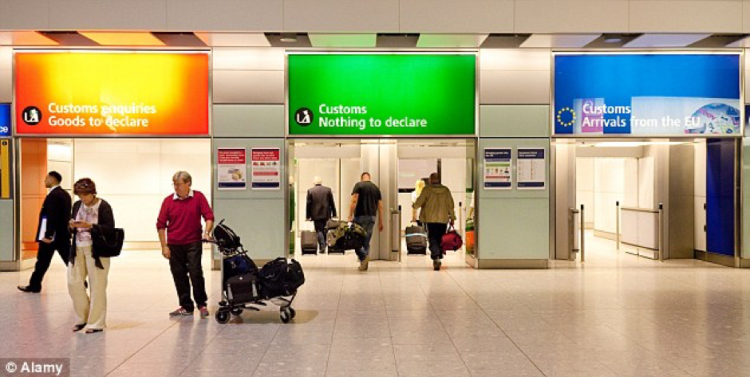This article was originally published on the Marketforce 20:20 Customer Experience network, in February 2016
Late last year, I was having a conversation with a friend about a company I’m a bit partial to. This particular friend had tried Apple’s new music streaming service, and decided to switch back to Spotify as the user experience wasn’t up to scratch.
I ventured that maybe there was an element of human error, and that if he took a bit longer to get used to it, it would work a bit better for him. At which point, he quite rightly reminded me that, a few years ago, it would have ‘just worked’. The fact that he had to get used to it was the very reason he was leaving it. Apple should be making it intuitive, like they used to.

Image credit
This conversation came into my mind at 7.17am on a Thursday morning, as I bought a train ticket from a large blue machine on a cold windy platform. Destination selected, Railcard discount enacted, money paid, ticket collected. So far so good. That was, until, I charged into the immovable barriers, bouncing back into the person behind with such velocity that they *nearly* split their FrappaMappaCino thing (as a non-coffee drinker, these easily confuse me.)
The conversation with the weary and bleary-eyed train guard was polite and pleasant, simply pointing out that my railcard discount wasn’t valid before 9am. So I paid the difference, and got my new ticket. So far, so effortless.
It was the ‘change of ticket’ form that bothered me. What was the ‘reason for the change’? Quite simply, at 7.17am, it was the machine not being good enough, not being human enough, not being intelligent enough to realise that the only reason I would be buying a ticket to go one stop at that time in the morning was because I was going to use it there and then. It’s not the kind of journey you feel the need to pre-book, by two hours, to guarantee your seat, in person, on the platform.

Image credit
The pattern continued last week, when I got a polite notice from the Royal Mail informing me that they were impounding some t-shirts I’d ordered from the USA due to unpaid custom charges. Having bought lots of things from the company before without the threat of imprisonment, I wrote to them and asked how they were going to sort the situation out.
Their reply – lacking a ‘sorry’, stating that it does mention in the small print that extra charges could apply, and suggesting it was the fault of UK Customs for being extra-vigilant – left me less than impressed. As did the offer to refund me half of the original (discounted) shipping costs, which amounted to the princely sum of £2.43…

What’s undeniable is that, in each of these situations, I’m at fault. I bought the ticket, I ordered the t-shirts, and I definitely didn’t read the small print. But that’s not good enough. In 2016, if I make a mistake, it’s the company’s fault for making it possible for me to make a mistake.
So what can companies do about this? I’d suggest three things to start with:
- Identify potential for error
When mapping a customer journey, it’s no longer enough to consider the emotional and rational thoughts and actions. We need to identify all the moments with potential for error, and understand what questions a customer might have at each point, to answer them before they get asked.
- Get an outside-in view
It’s human nature to see the world from where we stand, close to the product or experience you’re creating. So bringing unconnected people in to challenge what you’ve created is the only way to get a truly independent view. My wife is always my sounding board, and she’s remarkably good at picking me up on my use of awful corporate phrases…
- Act quickly on feedback
No company will get it right 100% of the time, and customers don’t expect that, either. In fact, customers quite like an element of human fallibility in a company – as long as they feel like they’re being listened too, and can see improvements being made as a result. So companies need to plan their approach to open and transparent continuous improvement.

As customers become ever-more empowered and the demand for seamless and unobtrusive customer experiences increases, blaming mistakes on time-poor customers is no longer an option for companies who want to be seen as successfully customer-led.
Now if you’ll excuse me, I need to pay a trip to the post office…
I really hope you enjoyed this article. If you did, I’d love you to subscribe to my blog at johnjsills.com/subscribe to get new thoughts sent to you on an infrequent basis, and find me on twitter @johnJsills.